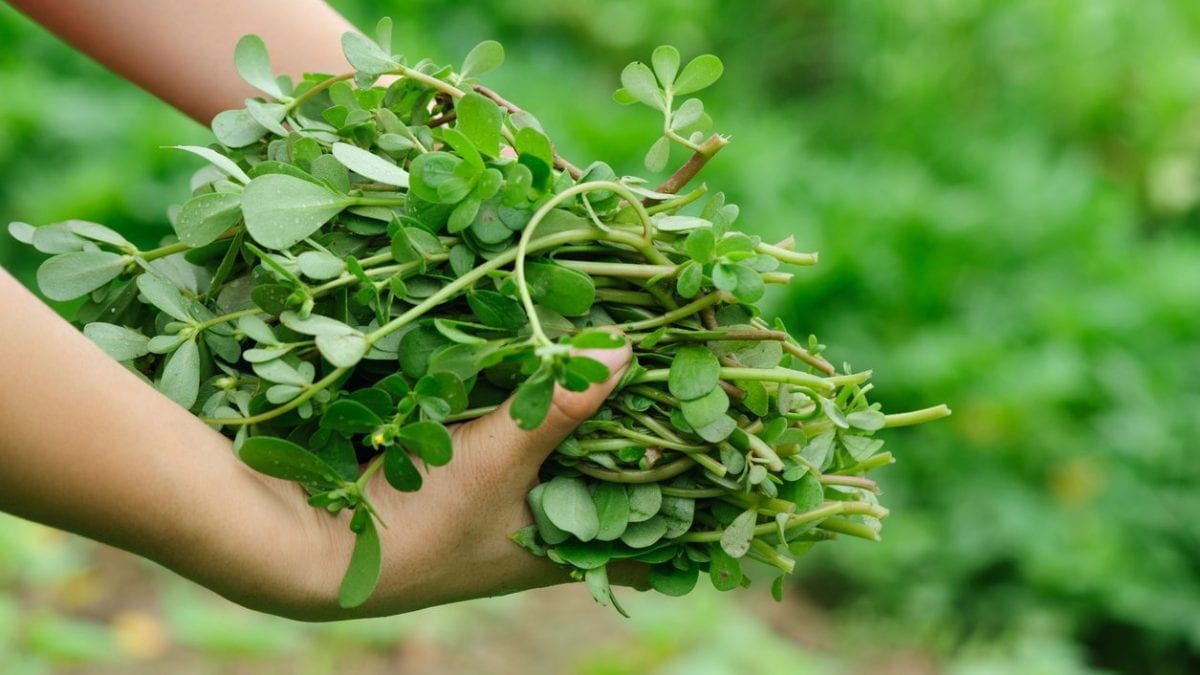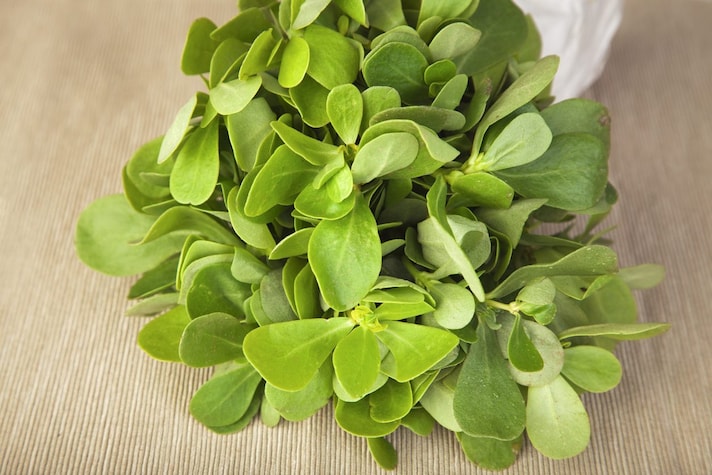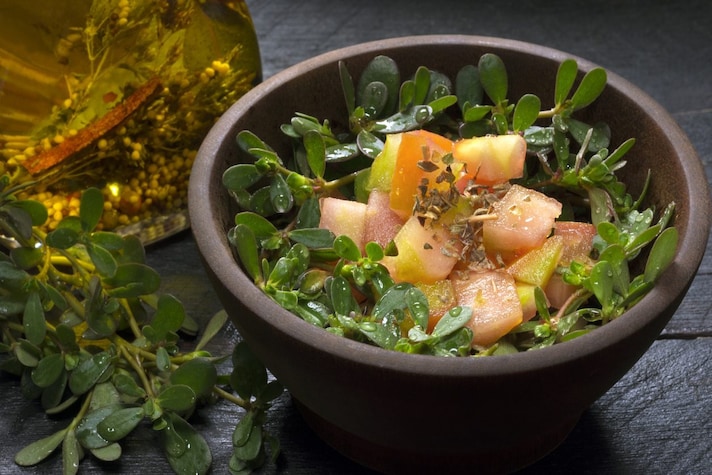
Often ignored in gardens or removed from vegetable patches as if it were a weed, purslane is actually a plant with extraordinary nutritional and therapeutic properties. This succulent plant grows wild in many temperate and tropical zones around the world, including the U.S., and is used both in cooking and in herbal medicine. Its fleshy leaves, a slightly tart flavor, and surprising drought resistance make it suitable for sustainable agriculture.
Since ancient times, purslane has been used in various traditions—from Greek to Chinese medicine—to treat inflammatory, skin, and digestive disorders. Today, with advances in scientific research, many of its properties have been confirmed by modern medicine.
Nutritional Properties and Health Benefits
Purslane is a treasure trove of bioactive substances: it grows lushly in the warmer months, from May to September, and can be harvested until autumn. It loves sun and dry weather, but disappears with the arrival of the first frosts. It is one of the rare plants rich in omega-3 fatty acids (alpha-linolenic acid), essential for cardiovascular health. It also contains vitamin C, vitamin A, vitamin E, iron, magnesium, calcium, and a high content of antioxidants such as polyphenols and betalains. Here are the main benefits of purslane:
1. Reduces Inflammation
The omega-3s and polyphenols in purslane have been documented to have an anti-inflammatory effect. These compounds may help reduce systemic inflammation, which is useful in chronic conditions such as arthritis or metabolic syndrome.
2. Helps Regulate Cholesterol
Several studies have shown that purslane intake can help reduce total cholesterol levels, LDL ("bad") and increase HDL ("good"). This effect is attributed to both the omega-3s and the soluble fiber contained in the leaves.
3. Blood Sugar Control
Purslane has positive effects on fasting blood sugar and glucose tolerance. It can therefore be a natural support for those suffering from insulin resistance or type 2 diabetes.

4. Cardiovascular Protection
Thanks to the synergistic action of omega-3s, potassium, and antioxidants, purslane can help reduce blood pressure and improve endothelial function, two key factors in preventing strokes and heart attacks.
5. Antioxidant and Anti-Aging Action
Betalains, natural pigments with powerful antioxidant activity, counteract the action of free radicals responsible for cellular aging and degenerative diseases.
6. Supports Digestive Health
Purslane's mucilage has a soothing effect on the gastrointestinal mucosa. It is traditionally used to relieve ulcers, gastritis, and constipation.
Contraindications and Precautions for Use
Despite its numerous benefits, purslane has some contraindications to take into consideration, especially if consumed frequently or in large quantities.
The plant contains oxalates, compounds that can promote the formation of kidney stones in predisposed individuals. For this reason, those with a history of calcium oxalate kidney stones should limit their intake or cook it (boiling significantly reduces the oxalate content).

Furthermore, due to its emmenagogue activity (it stimulates menstrual flow), it is not recommended during pregnancy, especially in the first few months, as it could theoretically increase the risk of uterine contractions.
Some particularly sensitive individuals may eventually experience allergic reactions or mild gastrointestinal disturbances after consumption, especially if purslane is harvested in uncontrolled environments (where it can accumulate heavy metals or pesticides).
;Resize,width=767;)
